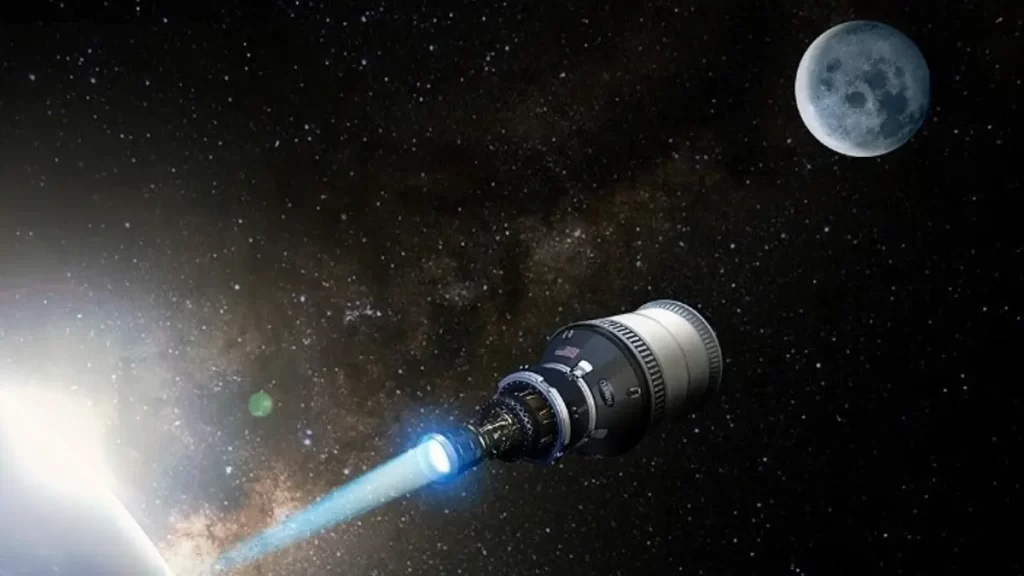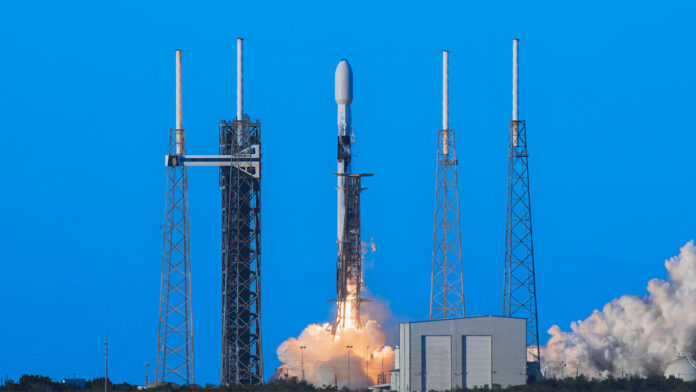In a recent development regarding the ongoing Congressional controversy surrounding a purported Russian attack spacecraft, CNN has obtained insights from three undisclosed sources familiar with intelligence on the matter.
To recap, this week saw heightened concerns in Washington after a member of the House Intelligence Community hinted at a “national security threat” linked to a Russian orbital nuclear weapon under development. While officials downplayed the situation, confirming intelligence on the weapon’s existence, they assured the public that it was not yet operational.

National Security Council spokesperson John Kirby reassured reporters, stating, “There is no immediate threat to anyone’s safety. It is not an active capability and it has not yet been deployed.”
CNN’s latest report sheds light on the weapon’s specifics, revealing it to be a nuclear-powered space-based apparatus engineered to emit a powerful energy wave capable of disrupting numerous satellites critical for global infrastructure.
Conceptually, the idea of such a weapon isn’t entirely novel, akin to the Electromagnetic Pulse (EMP) devices often depicted in science fiction. However, the prospect of a real-world application, particularly in the hands of a hostile nation, raises significant alarm.
“While not a new concept and tracing back to the late Cold War era,” remarked one US official to CNN, “the major concern with any potential EMP device in orbit is its potential to render significant orbital pathways unusable, creating hazardous debris fields that could impede efforts to replace or repair affected satellites.”
Despite the ominous implications, Russia’s capacity to execute such a sophisticated plan remains uncertain. The nation’s space program has faced extensive setbacks and dysfunction, characterized by a series of failures.
Furthermore, doubts persist regarding Russia’s nuclear capabilities. CNN highlighted a notable incident from 2019, where seven Russian individuals perished during a test involving a new type of nuclear-powered cruise missile, casting doubt on the country’s technological prowess in this domain.
Key Points of this news
- Russian Threat: Recent developments suggest the existence of a potentially menacing Russian spacecraft armed with nuclear capabilities, which could pose a significant threat to international security.
- CNN Report: CNN’s investigation, based on insights from three undisclosed sources familiar with intelligence on the matter, sheds light on the nature and potential consequences of this purported spacecraft.
- Nature of the Weapon: The spacecraft in question is described as nuclear-powered and space-based, designed to unleash a powerful energy wave capable of disrupting a vast array of satellites crucial for global infrastructure.
- Concerns and Implications: While concepts of space-based weapons, such as electromagnetic pulse (EMP) devices, are not entirely new, the real-world deployment of such technology, especially by a hostile nation like Russia, raises significant concerns and implications for global security.
- Risk to Orbital Infrastructure: The potential deployment of this weapon could result in the creation of hazardous debris fields in orbit, rendering significant portions of orbital pathways unusable and impeding efforts to replace or repair affected satellites.
- Uncertainty Surrounding Russia’s Capabilities: Despite the alarming nature of the threat, uncertainties persist regarding Russia’s ability to successfully execute such an ambitious plan, given the reported dysfunction and failures within its space program.
- Past Incidents: CNN highlights previous incidents, such as the 2019 accident involving a nuclear-propelled cruise missile test that resulted in fatalities, casting doubt on Russia’s technological capabilities and raising questions about the feasibility of deploying such advanced weaponry.



